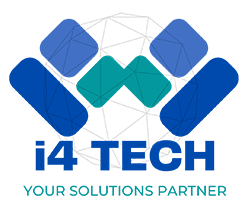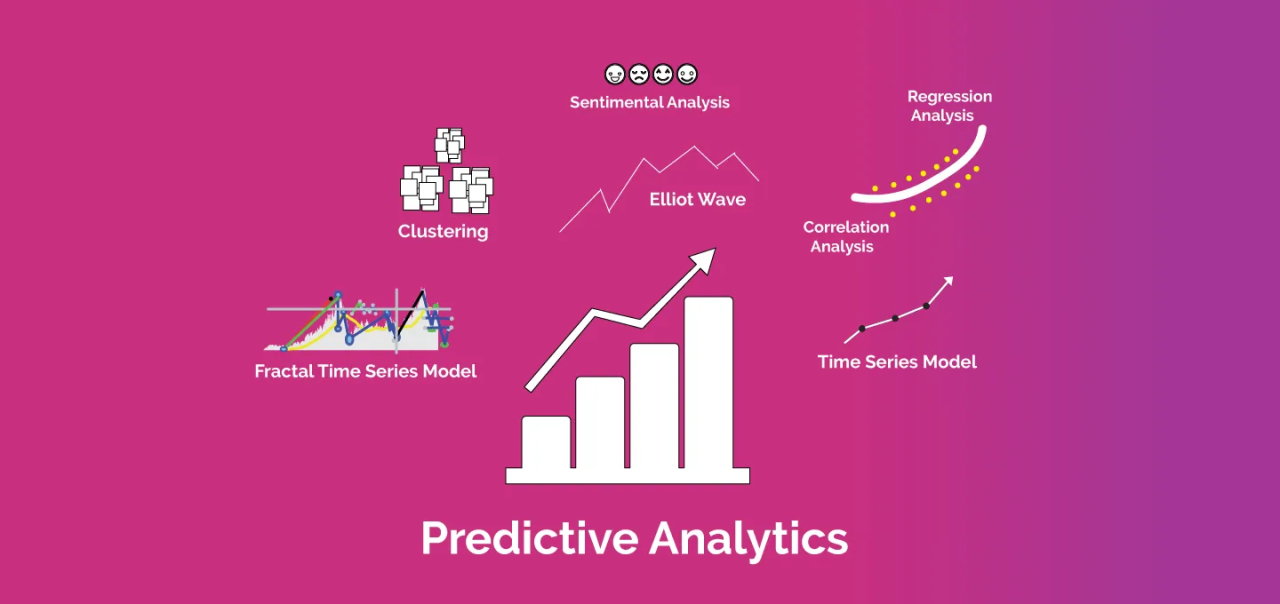Predictive Analytics: How Businesses Use Data to Forecast the Future
In today’s fast-paced digital world, businesses rely on data to make informed decisions and stay ahead of the competition. One of the most powerful data-driven strategies is predictive analytics, a technique that uses historical data, machine learning, and statistical algorithms to forecast future trends and behaviors. But how does it work, and why is it crucial for businesses? Let’s explore.
What is Predictive Analytics?
Predictive analytics is the process of using data, statistical modeling, and machine learning to predict future outcomes. It enables businesses to anticipate trends, optimize operations, and make proactive decisions. Companies leverage predictive analytics across various industries, from finance to healthcare, to improve efficiency and drive profitability.
How Businesses Use Predictive Analytics
Businesses across different sectors utilize predictive analytics to enhance decision-making, improve customer experiences, and increase revenue. Here are some key applications:
1. Customer Behavior Prediction
Companies analyze past purchasing patterns, browsing history, and engagement levels to predict future buying behaviors. This helps in targeted marketing, personalized recommendations, and improving customer retention.
2. Risk Management & Fraud Detection
Financial institutions and insurance companies use predictive analytics to assess credit risks, detect fraudulent transactions, and prevent losses. By identifying unusual patterns, businesses can mitigate risks and enhance security.
3. Inventory & Supply Chain Optimization
Retailers and manufacturers use predictive analytics to forecast demand, manage inventory, and optimize supply chain operations. This reduces wastage, prevents stockouts, and improves overall efficiency.
4. Healthcare & Medical Diagnosis
Hospitals and healthcare providers use predictive models to identify patients at risk of developing certain conditions, optimize treatment plans, and improve patient outcomes.
5. Workforce & HR Analytics
HR teams use predictive analytics to forecast employee turnover, identify top talent, and improve recruitment strategies. This helps businesses build a strong and efficient workforce.
Tools & Technologies for Predictive Analytics
To implement predictive analytics, businesses leverage various tools and technologies, including:
- Python & R – Popular programming languages for data analysis and machine learning.
- Excel & Power BI – Widely used for data visualization and business intelligence.
- SQL & Databases – For data storage, management, and querying.
- Machine Learning Frameworks (TensorFlow, Scikit-Learn) – Used for building predictive models.
Why Predictive Analytics is Essential for Business Growth
- Data-Driven Decision Making – Helps businesses move from guesswork to strategic planning.
- Competitive Advantage – Staying ahead of market trends ensures long-term success.
- Improved Customer Satisfaction – Personalized experiences lead to higher engagement and loyalty.
- Operational Efficiency – Optimizing resources and reducing costs improves overall productivity.
Unlock the Power of Predictive Analytics with I4 Tech Integrated Service
At I4 Tech Integrated Service, we specialize in helping businesses harness the power of predictive analytics to drive growth and efficiency. Whether you need custom data solutions, advanced analytics, or training in machine learning tools, our experts are here to guide you. Contact us today and start leveraging data to forecast a successful future!


